When baking cookie, what is going on chemically?

Cookies are one of the sweets eaten all over the world alongside chocolate and candy. It is a standard sweet cookie that not only buys ready-made cookies sold at supermarkets, but also people who make themselves by themselves, but it is occurring in cookie's bodies while baking in the oven Many people do not know about various chemical changes. A movie that chemically analyzes the secrets of such cookiesThe chemistry of cookies"Published by TED, the secret of the unknown cookie is revealed.
The chemistry of cookies - Stephanie Warren | TED-Ed
http://ed.ted.com/lessons/the-chemistry-of-cookies-stephanie-warren
The chemistry of cookies - Stephanie Warren - YouTube
It seems like the cookie which was small was burned in the oven and grew big as if you saw the moment the monster is born.

When put in the oven it is a cookie that is quiet, but after a while the surface changes to a ripple shape.

It gradually becomes bigger ... ....

At completion, the color changes to brown, and the surface appears like a crater as bokoboko.

When the kitchen timer rings, the cookie is completed, but what is going on inside the whole oven?
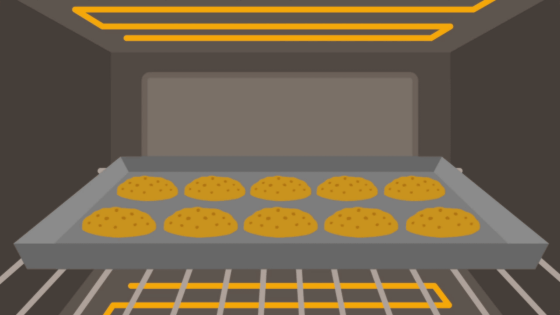
People who make cookies are mad scientists themselves.

Mad scientist kneaded cloth causes a chemical reaction as the temperature inside the oven rises.

When the temperature inside the oven reaches about 33 degrees Celsius (92 degrees Fahrenheit) ......

Butter which is kneaded in the dough starts melting

As the butter melts, the fabric softens and the shape changes flat.

Butter consists mainly of two components, moisture and fat.

When the butter melts, only the moisture is trapped in the dough without fat.
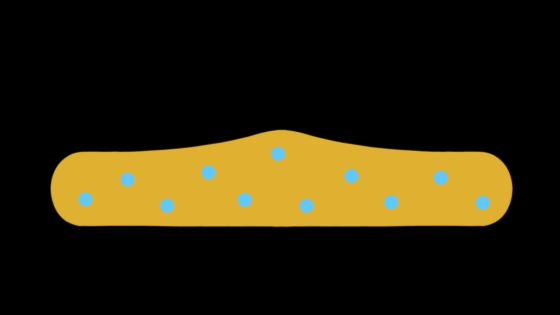
It is expanded and vaporized by the application of heat. It is said that this phenomenon makes the surface of cookies decoct.
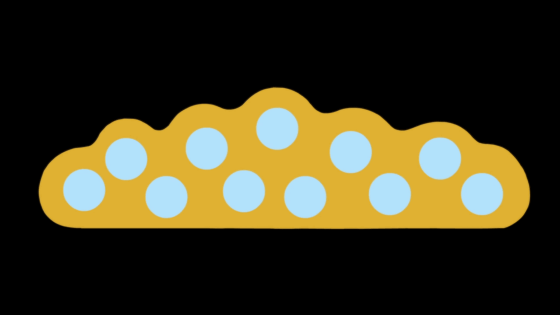
When the moisture in the dough vaporizes, the surface of the fabric bulges ... ...

The birth of an alien.

Egg which is one of raw materials for cookies.

Salmonella is contained in eggs.
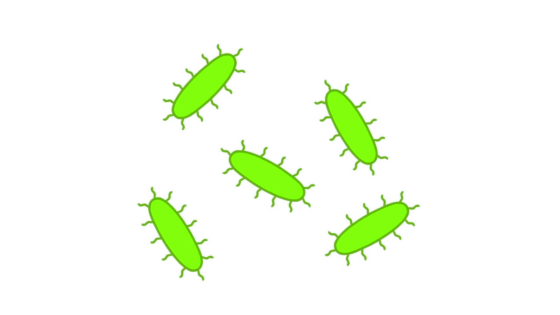
So, you must understand that the act of pinching the cookie 's fabric is risky.
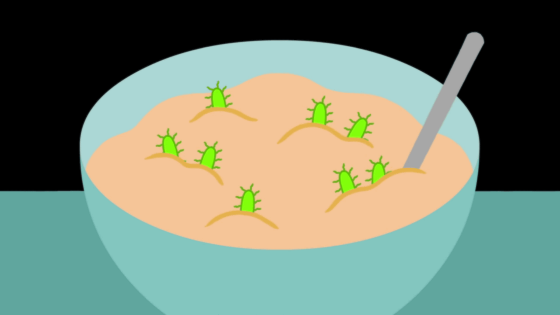
When the temperature inside the oven rises to 62 degrees Celsius (144 degrees Fahrenheit) ...
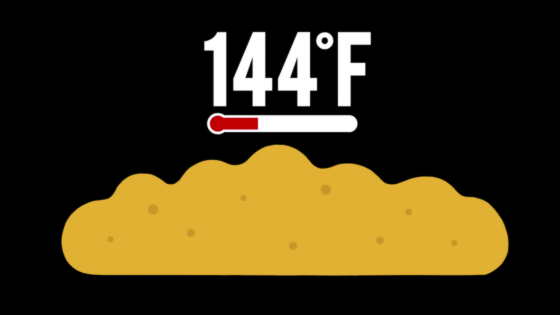
The proteins contained in the eggs begin to change.

There are several types of proteins contained in eggs, each of which chemically changes at a different temperature.
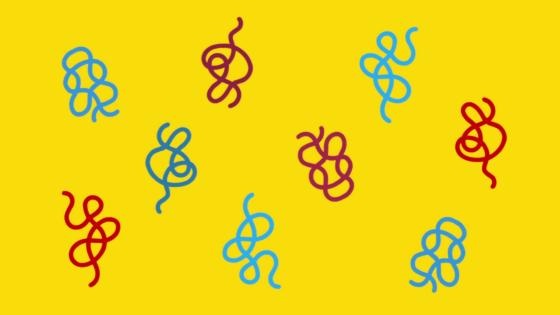
Proteins begin to assimilate with surrounding proteins as they become deformed as heat is applied.
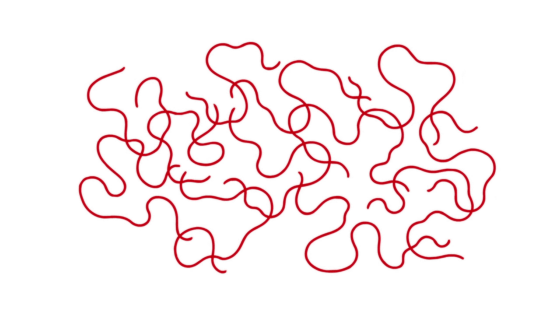
Egg white is soft, but ....
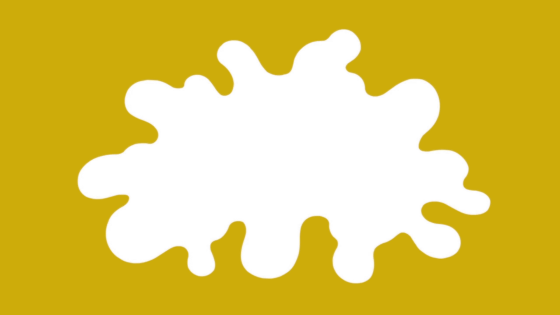
It is because proteins change as heat gets hardened.

When the temperature inside the oven rises to 100 degrees Celsius (212 degrees Fahrenheit), moisture in the fabric evaporates completely.
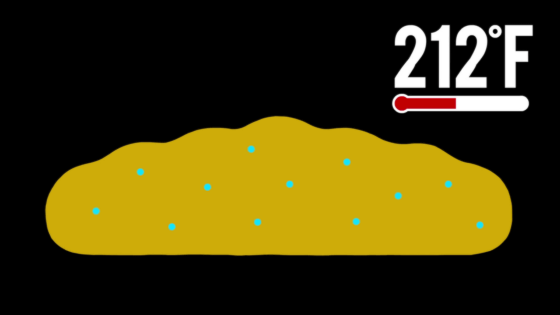
When moisture disappears, the fabric dries, you want to flatten and cracks on the surface.
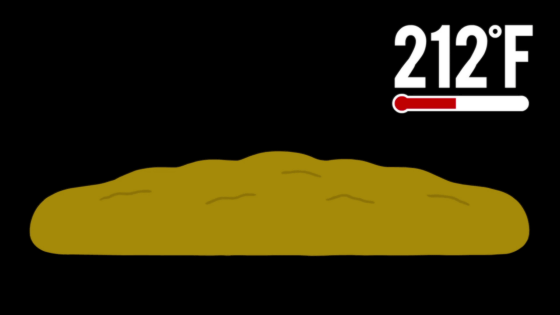
In the dough, traces like moisture evaporated remain, and this produces the crackling feel of cookie.

Also, baking soda contained in the dough reacts to acidic substances and generates carbon dioxide gas.
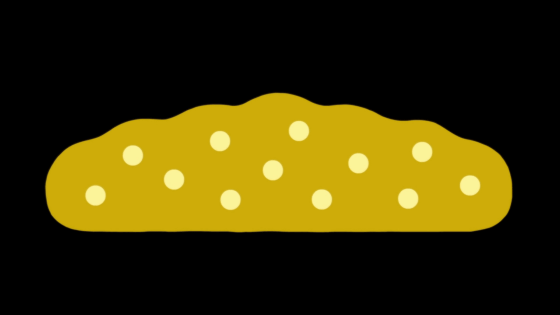
This gas is also one of the factors that create a small cavity inside the cookie.

When the temperature in the oven rises to 155 degrees Celsius (310 degrees F) ......

Maillard reactionWill occur.

By Maillard reaction, sugar and protein combine and brown substances are generated, the scent and color of cookie change.
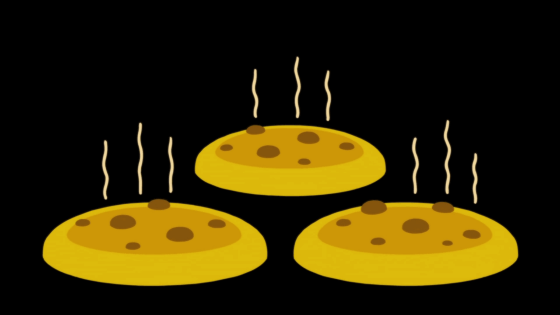
A phenomenon called caramelization gives the final finish to the cookie.

Due to sugar-induced oxidation reactionCaramelizationThe phenomenon is that it will add cookie aroma or brown.

Completion of the fragrant and sweet cookie in this way.
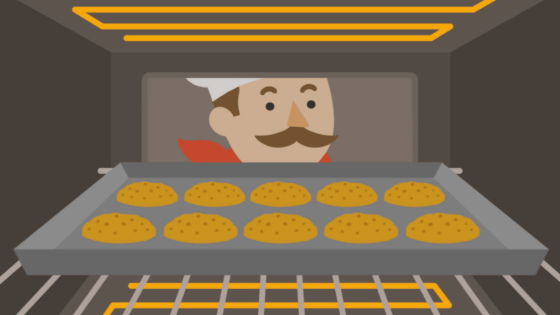
Let's enjoy cookies with milk.

Related Posts:







